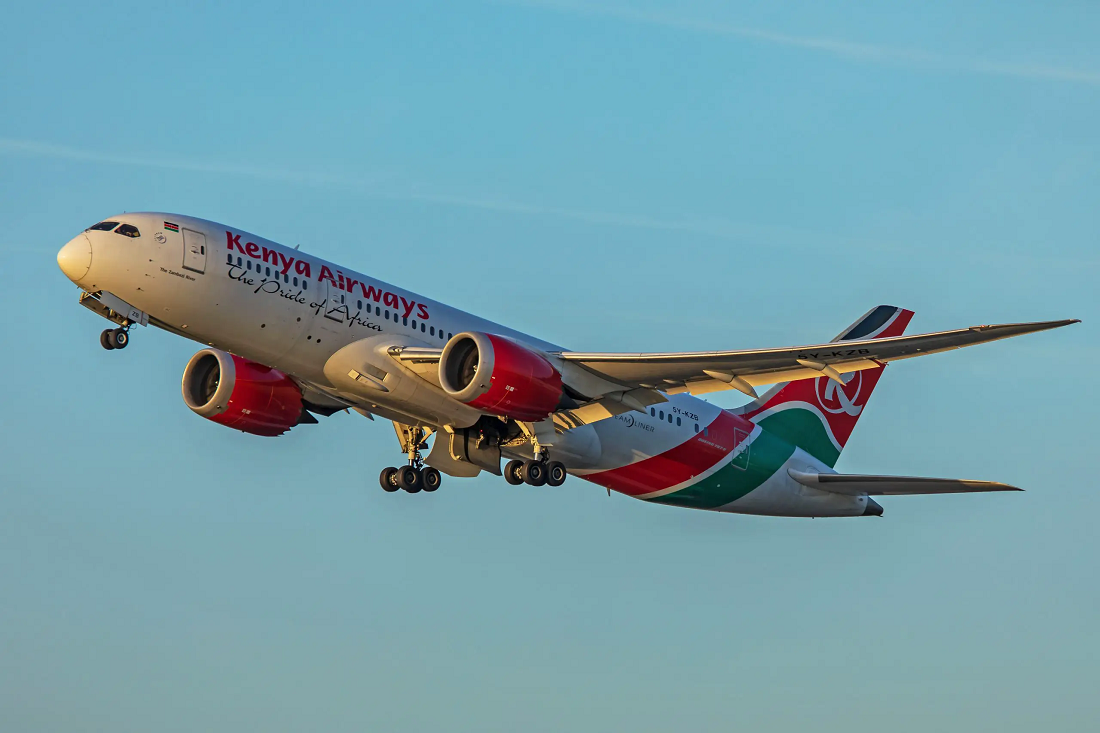Airlines Safety Report: The International Air Transport Association (IATA) has released the 2022 Safety Report for global aviation, which shows a reduction in the number of fatal accidents and the fatality risk, compared to 2021 and to the five-year average between 2018 and 2022.
According to the Safety Report there were five fatal accidents in 2022 involving loss of life to passengers and crew. This is a reduction from seven in 2021 and an improvement on the five-year average of seven.
The report, released on 7th March 2023 indicates that fatal accident rate improved to 0.16 per million sectors for 2022, from 0.27 per million sectors in 2021, and also was ahead of the five year fatal accident rate of 0.20.
“The all accident rate was 1.21 per million sectors, a reduction compared to the rate of 1.26 accidents for the five years 2018-2022, but an increase compared to 1.13 accidents per million sectors in 2021,” says the report.
See >> Fly 748 Stops Domestic Flights In Kenya
The fatality risk declined to 0.11 from 0.23 in 2021 and 0.13 for the five years, 2018-2022, testament to the improving safety trend in the skies.
IATA member airlines experienced one fatal accident in 2022, with 19 fatalities. “Accidents are rare in aviation. There were five fatal accidents among 32.2 million flights in 2022,” says Willie Walsh, IATA’s Director General. “That tells us that flying is among the safest activities in which a person can engage. But even though the risk of flying is exceptionally low, it is not risk-free.”
It says careful analysis of the trends that are emerging even at these very high levels of safety is what will make flying even safer. This year’s report, for example, says there is need to make some special efforts on turboprop operations in Africa and Latin America. Safety is aviation’s highest priority, and our goal is to have every flight take off and land safely regardless of region or aircraft type,” says Mr Walsh.
| 2022 | 2021 | 5-year average
(2018-2022) |
|
| All accident rate (accidents per one million flights) | 1.21 (1 accident every 0.83 million flights) | 1.13 (1 accident every 0.89 million flights) | 1.26 (1 accident every 0.81 million flights) |
| All accident rate for IATA member airlines | 0.49 (1 accident every 2.1 million flights) | 0.61 (1 accident every 1.6 million flights) | 0.76 (1 accident every 1.4 million flights) |
| Total accidents | 39 | 29 | 43 |
| Fatal accidents[i] | 5 (1 jet and 4 turboprop) |
7
(1 jet and 6 turboprop) |
7 (3 jet and 4 turboprop) |
| Fatalities onboard | 158 | 121 | 231 |
| Fatality risk | 0.11 | 0.23 | 0.13 |
| IATA member airlines fatality risk | 0.02 | 0.00 | 0.05 |
| Jet hull losses (per one million flights) | 0.17 (1 major accident every 5.8 million flights) | 0.13 (1 major accident every 7.6 million flights) | 0.16 (1 major accident every 6.4 million flights) |
| Turboprop hull losses (per one million flights) | 1.47 (1 hull loss every 0.68 million flights) | 1.77 (1 hull loss every 0.57 million flights) | 1.12 (1 hull loss every 1.2 million flights) |
| Total flights (million) | 32.2 | 25.7 | 34.4 |
Fatality Risk
The industry 2022 fatality risk of 0.11 means that on average, a person would need to take a flight every day for 25,214 years to experience a 100% fatal accident. This is an improvement over the five-year fatality rate (average of 22,116 years).
Despite the reduction in the number of fatal accidents, the number of fatalities rose from 121 in 2021 to 158 in 2022. The majority of fatalities in 2022 occurred in a single aircraft accident in China that claimed the lives of 132 persons.
The airline involved was not an IATA member but is on the IATA Operational Safety Audit (IOSA) registry (see Notes for Editors). The next largest loss of life occurred in an accident to an IATA member in Tanzania that resulted in 19 fatalities (see Notes for Editors). Participation in IOSA is a requirement for IATA membership.
Next Read >> Ghanaian Media Magnet Who Turned Into Kenya’s Radio Darling













Leave a comment